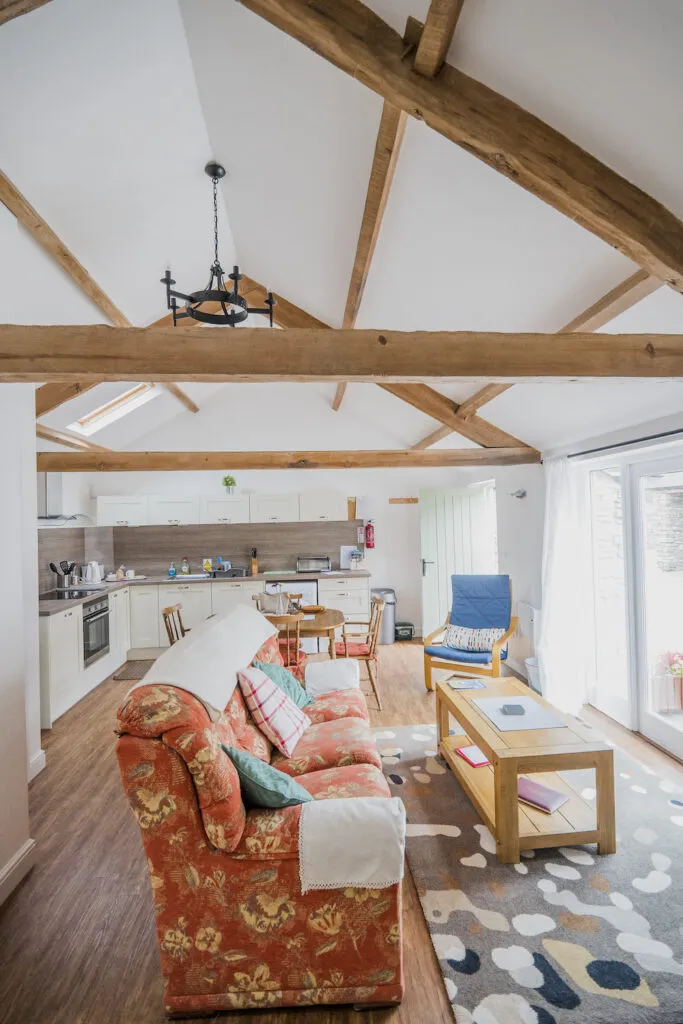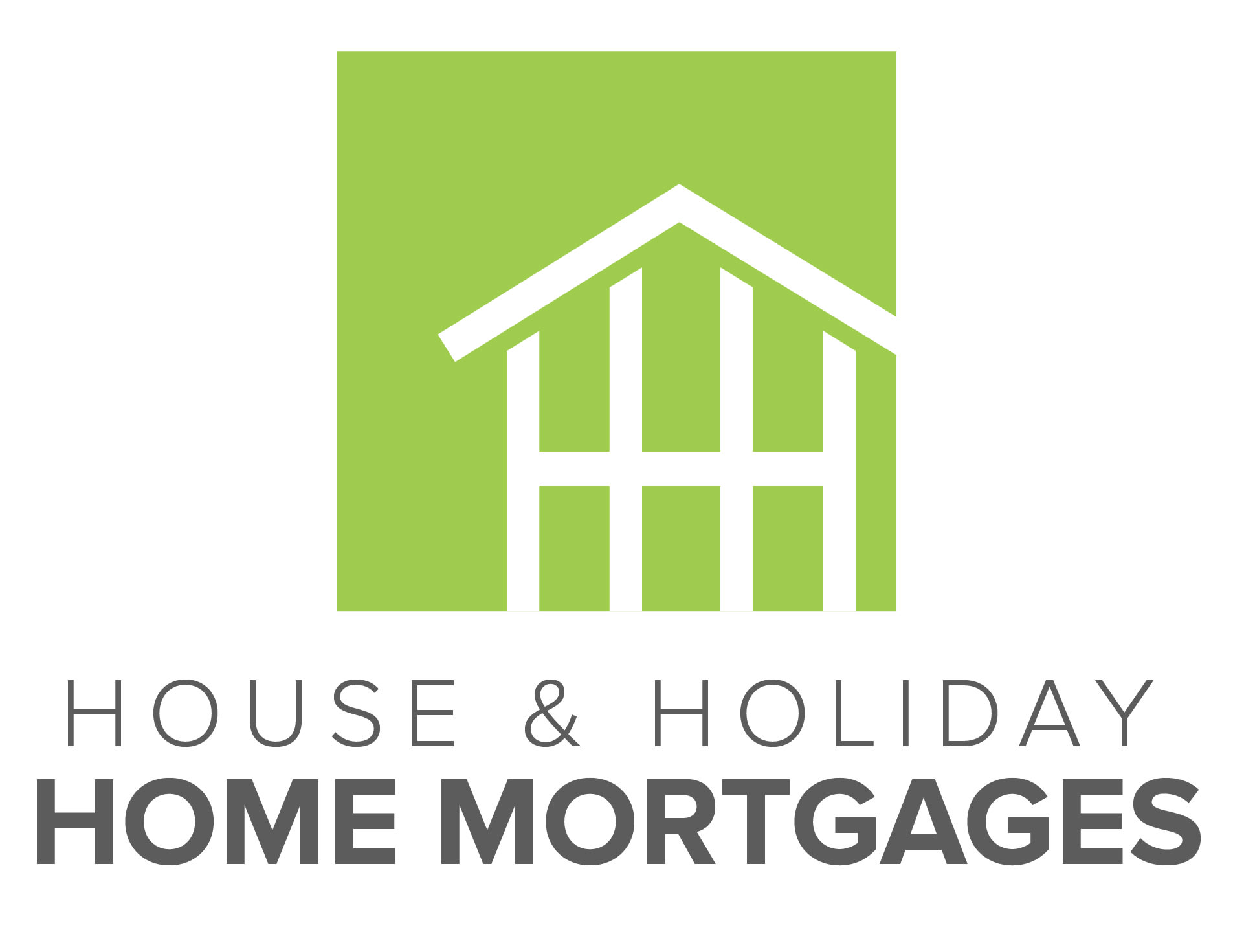What’s the difference between a buy-to-let & a holiday let mortgage?

If you’re planning on investing in a holiday home – whether to use yourself or rent out to guests – then getting the right mortgage is essential.
The type of mortgage you need will depend on what you plan to use the property for.
If you’re only going to use it for yourself or allow family and friends to stay there free of charge, then a holiday home mortgage – which is similar to a standard residential mortgage – will suffice.
However, if you plan to rent it out to tourists and holidaymakers as a furnished let, then you’ll need a special type of mortgage called a holiday let mortgage.
On the surface, holiday let mortgages are very similar to buy-to-let mortgages. However, there are some significant differences between the two, which means that buy-to-let mortgages are not suitable for purchasing holiday lets.
Here, we take a look at what those differences are to help you make an informed choice about getting the right holiday home finance.
What’s a buy-to-let mortgage?
Buy-to-let mortgages enable people to purchase a residential property to let out to tenants under a formal agreement known as an Assured Shorthold Tenancy (AST).
Under an AST, the tenants will occupy the property as their primary residence. The rent is set at a fixed weekly or monthly amount, which can be reviewed periodically.
The amount you can borrow for a buy-to-let mortgage will depend on the property, its rental potential and its suitability as an investment. The expected rental income will usually determine how much you can borrow.
With a buy-to-let mortgage, the property must be let to paying tenants. You won’t be able to live in the property yourself unless you arrange this with the lender.
You can deduct the running costs and certain maintenance costs from the rental income generated by a buy-to-let property but can’t deduct the total amount of mortgage interest for tax purposes. You should always seek independent tax advice before taking out a buy-to-let mortgage.
What’s a holiday let mortgage?
A holiday let mortgage is a special type of mortgage that enables people to buy properties that will be let only for specific times during the year rather than on an ongoing basis.
While they are similar to buy-to-let mortgages, there are some key differences which means that if you’re looking to invest in a holiday rental property, you’ll need a holiday let mortgage rather than a standard buy-to-let loan.
The main difference between a holiday let mortgage and a buy-to-let is that because holidays are a seasonal business, they tend to make most of their money during the holiday season and be largely unoccupied – so not generating rental income – at other times.
This makes them a riskier proposition for mortgage lenders, who apply much stricter criteria to minimise the risk.
As with any mortgage, the lender will want to be sure you can afford the monthly repayments and will be able to keep paying them even if you’re not receiving any rental income.
Some of the things the lender will consider with a holiday let mortgage application include your income, financial situation and other spending commitments, such as mortgages, loans and any other outstanding debts.
They’ll also consider the rental income you’re likely to make from the holiday property.
The key to it is they’ll want to verify that you’ll be able to pay the mortgage even if it remains unlet. If you can show the lender you have enough spare income to make your repayments even when the property is unoccupied, you’ll stand a better chance of securing a holiday let mortgage.
What are the benefits of renting out your property as a holiday let?
There are many benefits to renting out your property as a holiday let.
It’s an excellent way to make some extra money, as you can make an income from the rent you receive when people stay in your property for holidays.
There is a wide range of potential renters out there who want to stay in a holiday rental rather than in a hotel, especially given the current focus on staycations due to the ongoing coronavirus pandemic. There is greater potential for higher rental rates during peak seasons.
You don’t just have to let your holiday property out all year round. Provided it’s available for short-term rental for at least 210 days a calendar year, and let out for at least 105 of them, then you’re free to enjoy the property as you please when it’s not let out.
And because HMRC views holiday lets as a business, you can deduct mortgage interest payments and any expenses from the rental income to offset against your profits and your tax bill. Seeking independent tax advice before investing is essential to understand the implications if you plan to do this.
How to get a holiday let mortgage
If you’re looking to invest in a holiday rental property and want to get a holiday let mortgage to fund it, then seeking advice from a mortgage professional experienced in the holiday home market is vital.
They’ll help you get the best deal and explain all the implications and obligations that come with it.
Our expert team has over 40 years of experience in the holiday let market and is dedicated to taking the stress away from getting the right mortgage.
We’ll provide honest, straightforward advice and guidance on the right way forward and help you arrange the deal that’s right for you, to make your investment in a holiday property as pain-free as possible.
For more information, contact our expert mortgage advisers by either calling us on 01453 887179 or emailing us at hello@hhhmortgages.com.

